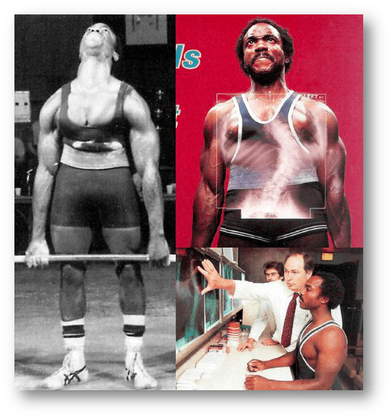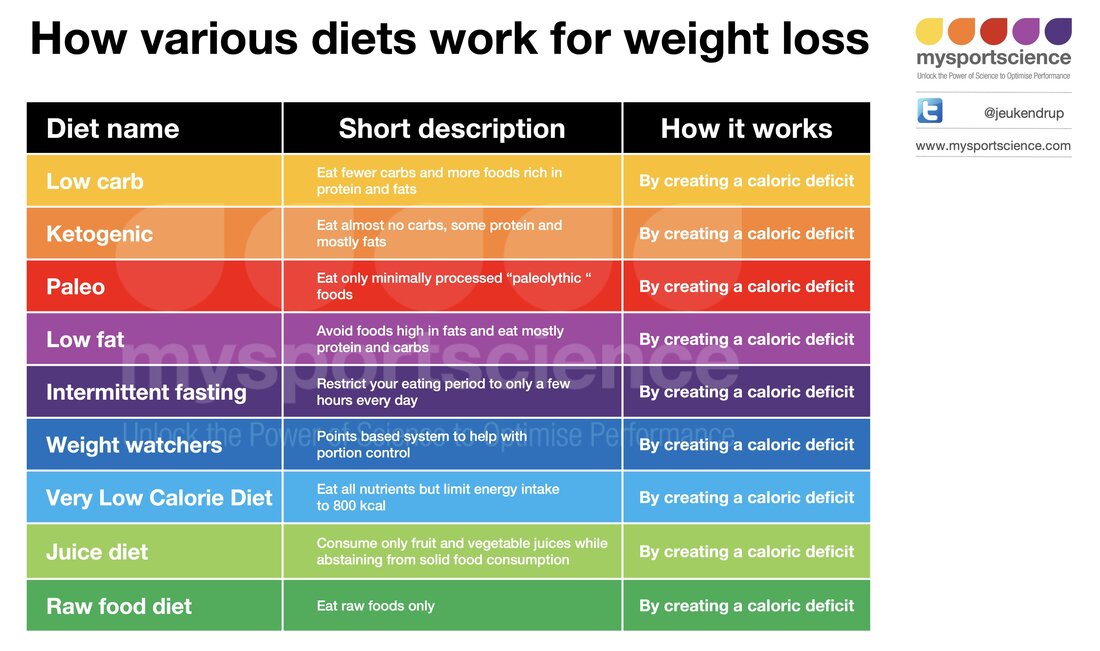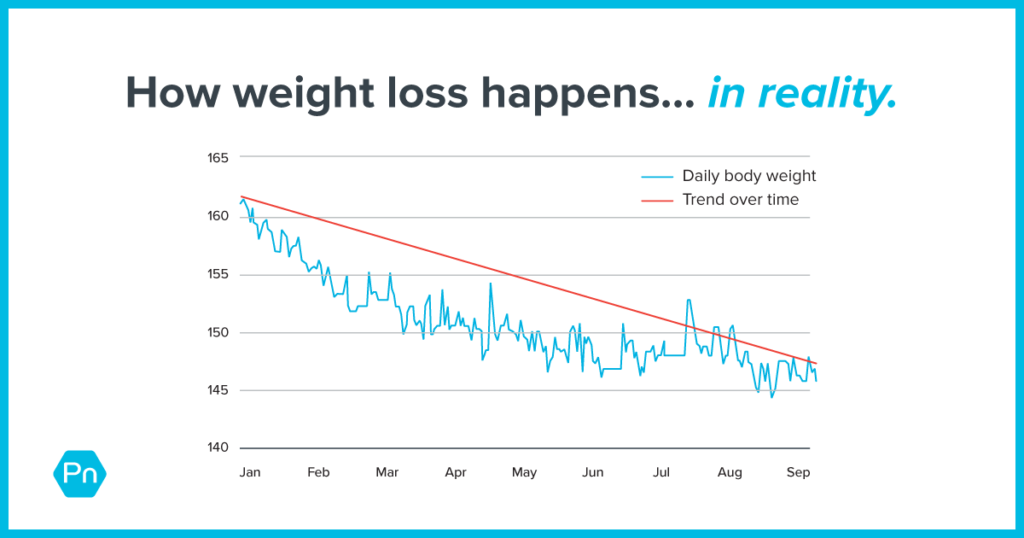|
This was one of the first planned out, daily programs I did for the specific goal of leaning out. Things I learned while doing it:
Things I learned AFTER:
Are you looking for a program to follow? I offer personalized coaching, catered to your goals and needs.
0 Comments
Lamar Gant is an example of an athlete with severe scoliosis - not mild scoliosis - severe scoliosis, who overcame his limitations to become one of the most revered lifters in the annals of powerlifting. We can safely say that neither his form or technique was "textbook" (due to his morphology), and thus not what you might presume to be "safe lifting", but even so he was driven, set goals for himself, applied himself in his training, and was brave enough to stand on stage with "normal" athletes and show them what stuff he was made of.
He is not alone though, as you will find throughout the lifter forums that focus on scoliosis that many people have found that exercise - but more specifically heavy weight training - has played a complimentary role to the regression or elimination of many people's conditions. Some common themes that have turned up in this T-Nation thread are: - There seems to be no clear research done on athletes who repeatedly lift heavy weights with scoliosis and whether or not this can cause or worsen the condition. - Lift. You’ll see what happens when it happens. - Do what works for you. If it hurts(like spine damaging hurt), stop. - If you were born with it, you can prehab/rehab to keep it from getting worse, and continue lifting. If you have developed scoliosis, you can correct and reverse it with some thought and a little work. - you may develop scoliosis through bad posture, exercise selection, imbalances - unilateral work is key for addressing imbalances - lifting is good for you! Just use a little thought and consideration when you pick your lifts - An ounce of prevention is worth a pound of cure! - It wasn’t the weights that messed me up, it was the way I used the weights that caused me problems One last note: It has been said by many that "there is no correlation with bad form and injury risk in weightlifting". This is not a surprising observation as we do indeed see many examples of horrendous form performed without subsequent acute injury. Moreover, we also see (and may have experienced) instances of "perfect" form during squats, deadlifts, bench presses, etc. that incur back strains, bicep tears, or pec tears. Indeed, seldom do we see obvious positive, linear correlations of bad form and acute injury in the experimental resistance training literature. Common and well-established injury risks are actually poor sleep, high training frequency, higher training loads, exercise selection (joint specific injuries), higher rep ranges, and age is actually inversely related to injury in powerlifters, because "Despite the logical assumption that coordination and conditioning decrease with higher age, the higher experience in training and competition of older athletes led to a lower rate of injuries" (Reichel et al. 2019) So on that last note, what I'd like to leave you with is, if you are experiencing challenges with your activity - pain, discomfort, restriction, unreasonable difficulty) - give it time. There is learning in the doing, and your motor development (how your brain learns a skill and instructs your muscles) is time dependent. Be patient, trust in the process, and you will get stronger and more confident! Learn more about Lamar HERE. Research Article: Incidence and characteristics of acute and overuse injuries in elite powerlifterswww.tandfonline.com/doi/full/10.1080/2331205X.2019.1588192 Your diet may get you results, but does it give you the power to control them? Any diet that hyper-focuses on a singular concept such as ketosis, plant based, or paleo ultimately ends up facing the same challenges: What do people do when they stop losing weight? - Do they Keto/vegan/paleo harder? (to borrow from L. Norton) This is where energy content and calories become a necessary metric for understanding and taking control of bodyweight. Many people don't realize that any structure that limits dietary choice results in weight loss, and most people overeat on easily accessible, shelf-stable, carb dominant, convenience type foods that wouldn't normally fit into a keto type diet plan. So we eliminated the foods you overeat on, and you lost weight.....go figure! Of course, if the goal is just being healthy, then that is cool, but we can't then make the leap and say that it is mechanistically unique - that is to say, it is not biologically or chemically more effective than any other diet, this just happens to be one of the ones that limits their trigger foods. What does your weight-loss represent? Someone who has never actually formally followed a diet plan, but who's always been insecure about their weight, will get excited about losing 1-2lb, while others need to lose 5-10lb to get excited. In reality, your weight could fluctuate by that much in a day just due to changes in hydration. This is why I, and other experienced diet coaches, do not fuss about daily weight changes. We much prefer to get a weekly average, and then compare weekly averages to see the bigger trend. Take that to the next level, someone who is 350lbs who loses 40-50lbs may be ecstatic, but really it's just a drop in the pond relative to their total body fat mass. Don't get me wrong, the evidence is pretty clear that you only need to lose 5-10% of your bodyweight to see immediate health improvements (e.g. glucose tolerance, insulin sensitivity, blood lipids, etc.).
Just for example I lost 60 total lifetime pounds from 228 to 168, and I look completely different - total body re-composition, not just fat loss. As I've said before, losing fat isn't hard in an absolute sense, because of it's simplicity. Eat less than you were before and you will start losing fat right away. But gaining muscle is a process that takes years of hard labour - voluntarily mind you. People fail to grasp this on the whole, and they conflate a successful diet with one that
Just as a workout should give you more than it takes from you, I truly believe people would be happier, more motivated, and more fulfilled if they treated their diet the same way. Taking an overly or unnecessarily restrictive approach is unlikely to check those boxes, and as I've said before, diets are not effective due to what makes them different, but by what makes them similar - a caloric deficit. By the way, have you downloaded my FREE COOKBOOK yet!???? It is often said that the science has to catch up to conventional gym wisdom. This was true of: 1. Protein intake for muscle growth -> Bodybuilders always said 1g per pound....turns out that's about right. 2. The Post-Workout Window -> "make sure you get quick digesting carbs and protein immediately post-workout to blunt catabolism, maximize anabolism, and recover"......while less true for protein and growth, carbohydrate uptake and glycogen re synthesis is indeed more effective when carbs are ingested during or immediately after training. Thus, the better you can reciver, the better your training, the greater the gains - thus an indirect result. Carbs also DO NOT actually seem to enhance the effects of protein ingestion on muscle protein synthesis or inhibiting muscle breakdown, a theory that largely revolved around the impact of insulin on stimulating muscle protein synthesis, which it appears is actually not required and if present can support MPS at low levels. 3. Train low reps for strength & power, high reps for hypertrophy -> It's been well-established at this point that similar degrees of hypertrophy may be achieved across rep ranges and intensity ranges as long as sets are taken to or near failure, with volume being the major predictor of effect magnitude - however you could argue that since the standard BRO hypertrophy training range is so broad (basically anything above 10 reps and from 60-80% RM) that bodybuilders were right after all, especially considering that it is far more effective to achieve higher training volumes at mid-intensities vs. power or endurance level intensities. When it comes to strength, the edge is given to lower rep ranges and higher intensities for achieving greater strength adaptations. https://jissn.biomedcentral.com/articles/10.1186/s12970-017-0177-8 https://jissn.biomedcentral.com/articles/10.1186/1550-2783-10-53 Some recent analyses on other popular quandaries surrounding how to train or eat have been released. 1. Does exercise order affect strength or hypertrophy? - A systematic review and meta-analysis https://www.tandfonline.com/doi/abs/10.1080/17461391.2020.1733672?journalCode=tejs20& Author's conclusions: - exercises at the beginning of a session see better strength gains - growth is not significantly affected by exercise order, and multi-joint (MJ) to single-joint (SJ) or SJ to MJ order produce similar results 2. Do fast-twitch and slow-twitch fibers need fiber specific training to maximize growth? - Stronger By Science comments on the literature to date and the results of a recent randomized trial https://www.instagram.com/p/B8tqsdpHmEQ/?ck_subscriber_id=698179458 - Greg's OP: It’s only been clearly demonstrated once, in my opinion (“Type 1 Muscle Fiber Hypertrophy after Blood Flow-restricted Training in Powerlifters” by Bjørnsen et al.), with most studies not supporting its relevance. You can read more about the topic at strongerbyscience.com/muscle-fiber-type/ - Science to date: muscle growth is pretty similar when training with loads ranging from ~30% to ~80-85% of 1RM - recent study: Subjects trained their quads with either 80% 1RM or 30% 1RM for three sets to failure for 10 weeks. Both conditions led to significant hypertrophy of both fiber types, with no significant differences between them. Below is a video by Dr. Layne Norton on the relationship between training intensity VS. volume |
NANAIMO'S BEST kettlebell group, strength & fitness classes | (250) 713-1262
CategOries
All
Archives
February 2024
|
Get Social! |
Closer Than You Think!11 Giggleswick Pl
Nanaimo, BC V9S 2V7 |




 RSS Feed
RSS Feed
